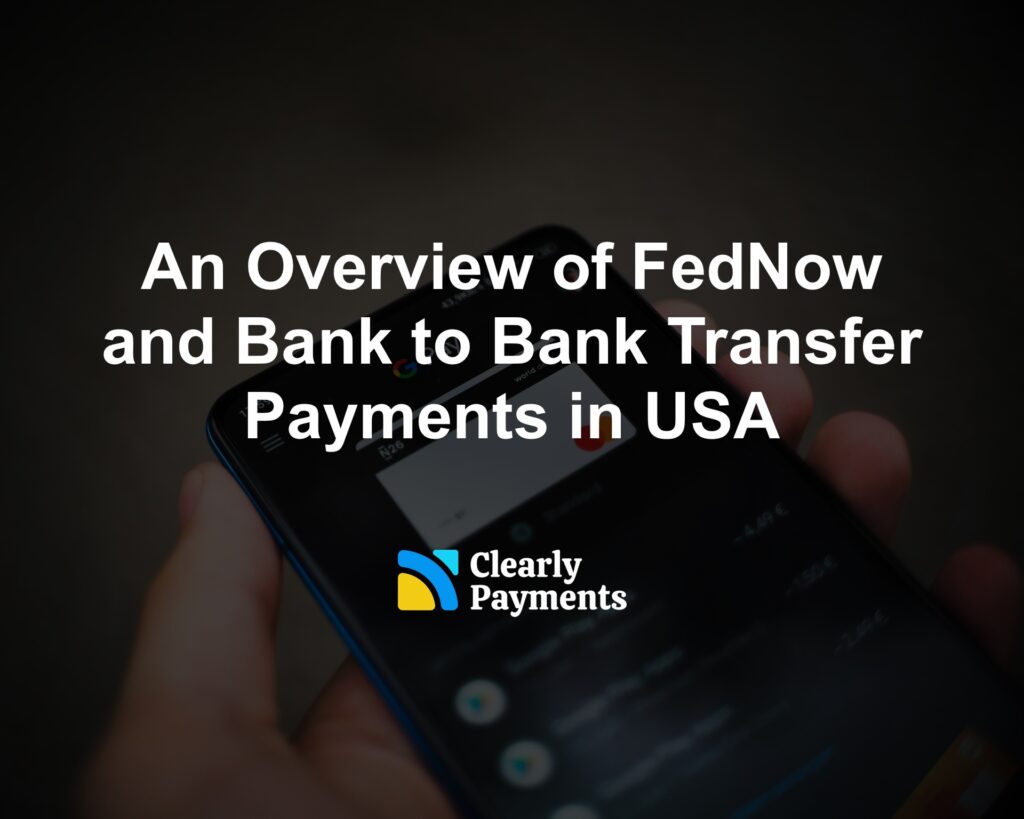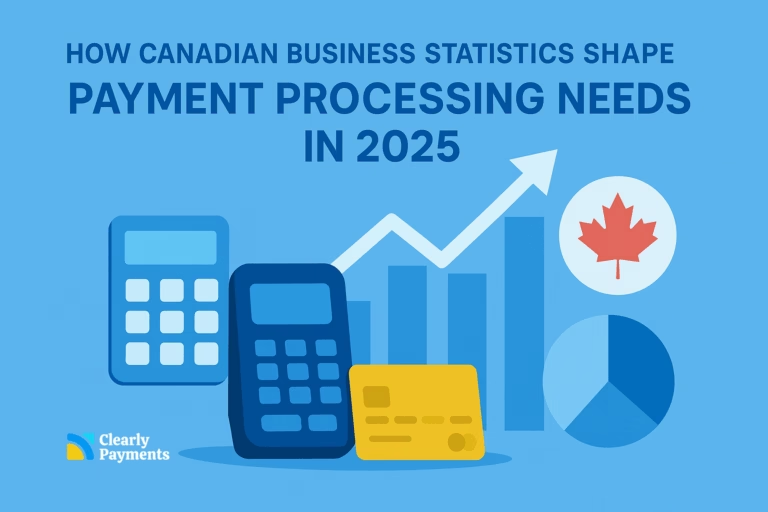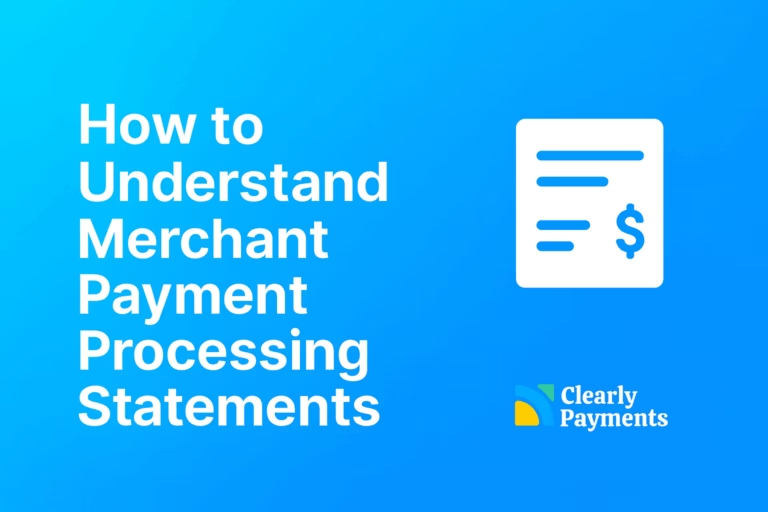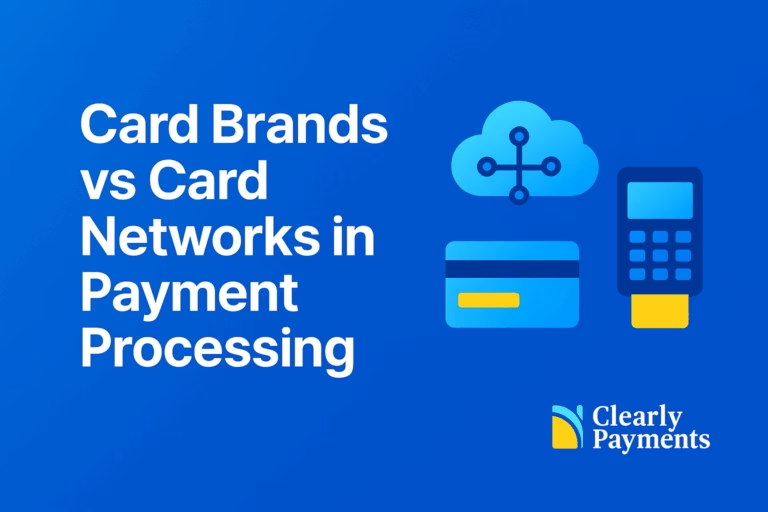The landscape of payments in the United States is undergoing a rapid transformation. As digital commerce expands and consumer expectations evolve, the demand for faster, more secure, and cost-effective payment solutions has intensified.
One of the most significant recent developments in this space is the introduction of FedNow, a real-time payment system launched by the Federal Reserve in 2023.
This article explores the mechanics and implications of FedNow and other bank-to-bank transfer options for U.S. merchants, providing a market overview and practical considerations for adoption.
What Is FedNow?
FedNow is a real-time gross settlement (RTGS) service designed by the Federal Reserve to enable instant money transfers between participating banks. Unlike traditional ACH (Automated Clearing House) transfers, which can take one to three business days to settle, FedNow allows for 24/7/365 instant transfers of funds.
Key features of FedNow include:
- Immediate settlement: Funds are transferred in real time, usually within seconds.
- Continuous availability: The service is operational at all hours, including weekends and holidays.
- Bank-to-bank infrastructure: FedNow is not a consumer-facing app but rather an interbank system integrated by financial institutions into their services.
The Bank-to-Bank Transfer Landscape
Before FedNow, merchants primarily relied on ACH and wire transfers to move money between accounts. ACH transfers remain common due to their low cost, but their slow settlement times can be a disadvantage. Wire transfers offer faster delivery but are typically expensive and better suited for large-value payments.
Another real-time payment option already in the market is RTP (Real-Time Payments), a private-sector system run by The Clearing House. Introduced in 2017, RTP also provides instant settlement, but its reach is limited to participating banks and larger institutions.
FedNow complements these existing systems by offering a public alternative, expanding the real-time payments ecosystem and encouraging broader adoption among banks, credit unions, and fintech companies.
Bank-to-Bank Transfer Market Overview
The market for real-time payments in the United States is still developing, but it is gaining momentum. As of early 2024, hundreds of financial institutions had joined the FedNow network, although many are still in the early phases of rolling out services to their customers. RTP currently leads in volume, particularly among larger banks, but FedNow’s government backing is expected to accelerate adoption, especially among smaller banks and credit unions.
Merchants are beginning to explore real-time payments for various reasons. Retailers and service providers can benefit from faster settlement of customer payments, enabling quicker access to working capital. E-commerce platforms and gig economy companies are also showing interest in using real-time disbursements to pay contractors or issue instant refunds. However, adoption remains uneven, largely due to the cost and effort required to upgrade payment infrastructure.
The U.S. still lags behind countries such as India (with its Unified Payments Interface, or UPI) and the United Kingdom (with Faster Payments) in terms of real-time payments penetration. Nonetheless, the Federal Reserve’s involvement with FedNow signals a long-term commitment to modernizing the country’s payment systems.
FedNow Merchant Usage & Adoption Statistics
Since its launch in July 2023, the FedNow Service has experienced significant growth in transaction volume and value. By the first quarter of 2025, FedNow had settled over 1.3 million payments totaling approximately $48.6 billion, marking a 43% increase in volume and a 140.8% increase in value compared to the previous quarter . The average daily transaction value reached $540 million during this period.
Despite this growth, FedNow’s adoption among merchants remains in the early stages. A study indicates that 68% of businesses plan to adopt instant payment solutions like FedNow or the RTP® network within the next two years. This anticipated adoption spans various sectors, including consumer and retail (81%), hospitality and leisure (75%), and healthcare (70%) .
As of April 2025, over 1,300 financial institutions across all 50 states have joined the FedNow network, with 95% being small to mid-sized banks and credit unions . This growing participation is expected to facilitate broader merchant access to real-time payment capabilities.
Opportunities and Considerations for Merchants
For merchants, the biggest advantage of real-time bank transfers is improved cash flow. Immediate access to funds can reduce reliance on credit and allow faster reinvestment in operations. It also opens the door to new customer service models, such as instant refunds and same-day payments.
However, there are challenges to consider. Not all banks are currently equipped to offer real-time services, and integrating these capabilities may require technology upgrades or changes to business processes. There are also security and risk management implications, as the speed of real-time payments leaves less room to detect and stop fraudulent activity.
Nonetheless, for businesses that depend on high transaction volumes or tight cash cycles, early adoption of FedNow or RTP may offer a strategic advantage.
Summary of benefits to merchants:
Improved Cash Flow: Faster access to funds can reduce borrowing needs and improve liquidity.
Reduced Fees: Compared to credit card processing, real-time transfers can be more cost-effective.
Customer Experience: Instant refunds and payments enhance trust and loyalty.
Operational Efficiency: Automation of payment processes through APIs and digital platforms.




